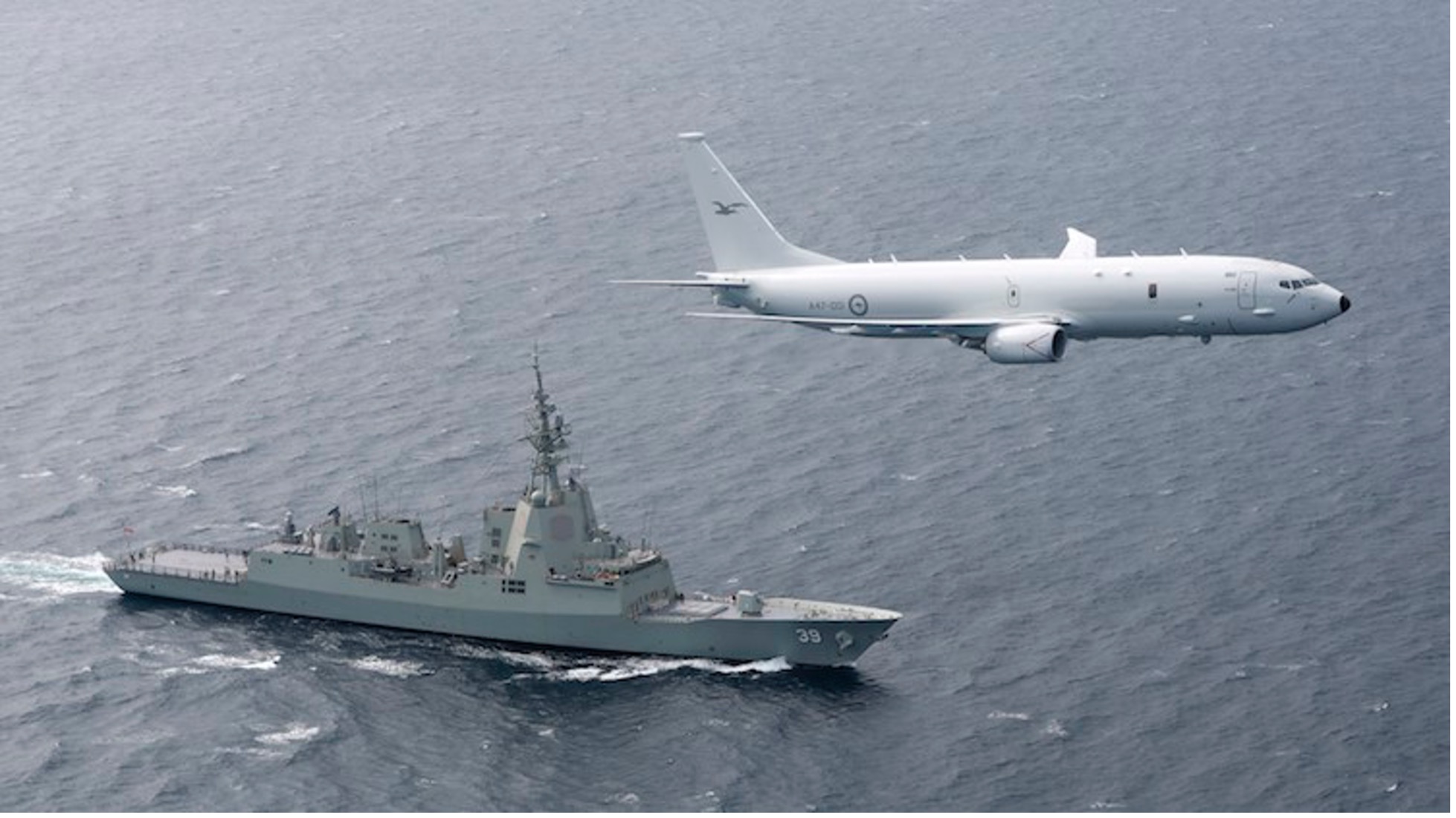Enhanced RFCM for the Australian P-8s
BAE Systems has been awarded a contract by the US Navy to develop a radio frequency countermeasures (RFCM) system for the Boeing P-8A Poseidon maritime response aircraft.
The seemingly minuscule US$4m (A$5.2m) contract provides for BAE Systems to conduct a quick-turnaround demonstration of a lightweight podded RFCM system that will provide self-protection against radar-guided missiles for the high-value asset.
If successful, the US Navy may look to proceed to a production contract for its fleet of about 120 P-8As and, possibly, for foreign P-8A operators including Australia, the UK, and New Zealand.
As a cooperative development partner on the P-8A program, Australia will likely adopt the system as it strives to stay in lockstep with the US Navy’s planned incremental upgrade program of the aircraft.
“The ability to meet this unprecedented response time underscores our agility, focus on meeting customer needs, and our ultimate goal of protecting our warfighters,” BAE Systems’ director of the Advanced Compact Electronic Warfare Solutions, Don Davidson said in a statement. “A process that used to take 18 to 24 months has been scaled to five or six months, which is remarkable, as is deploying this new self-protection capability.”
The RFCM system comprises a small form-factor jammer, a high-powered amplifier, and the AN/ALE-55 Fibre-Optic Towed Decoy (FOTD) similar to that employed by the F/A-18E/F Super Hornet.
BAE says the rapid response to develop the RFCM has been enabled by small industry focus teams who have developed an innovative approach to the design and fabrication of the system’s mechanical parts, allowing it to design, build, integrate, and ship the system within five months. Flight testing on a US Navy P-8A is scheduled to commence in early-2021.
This article was written by Andrew McLaughlin and published by ADBR on January 18, 2021.

